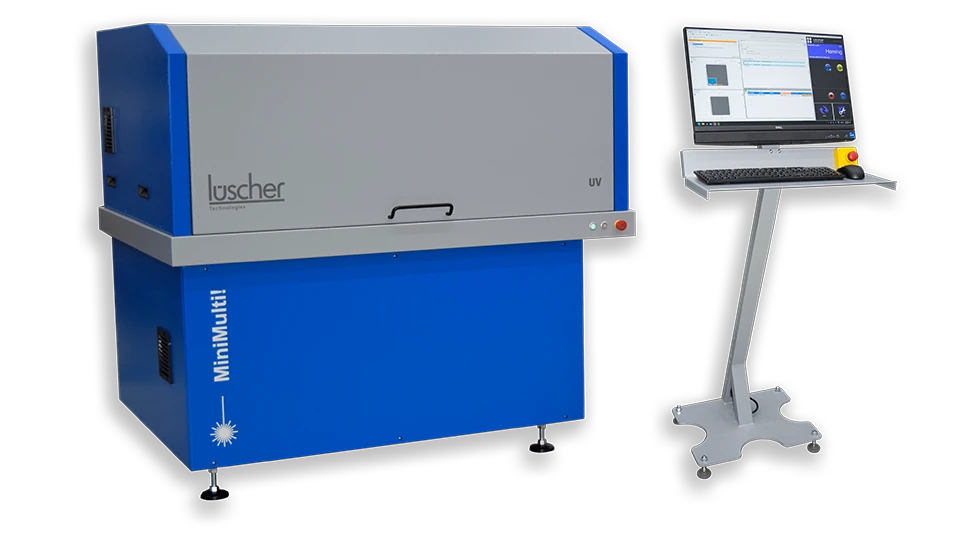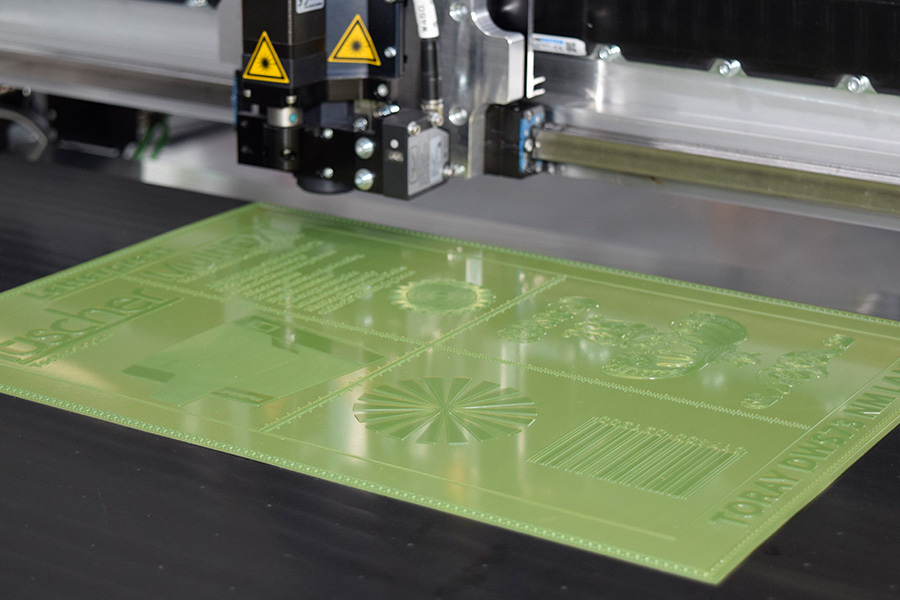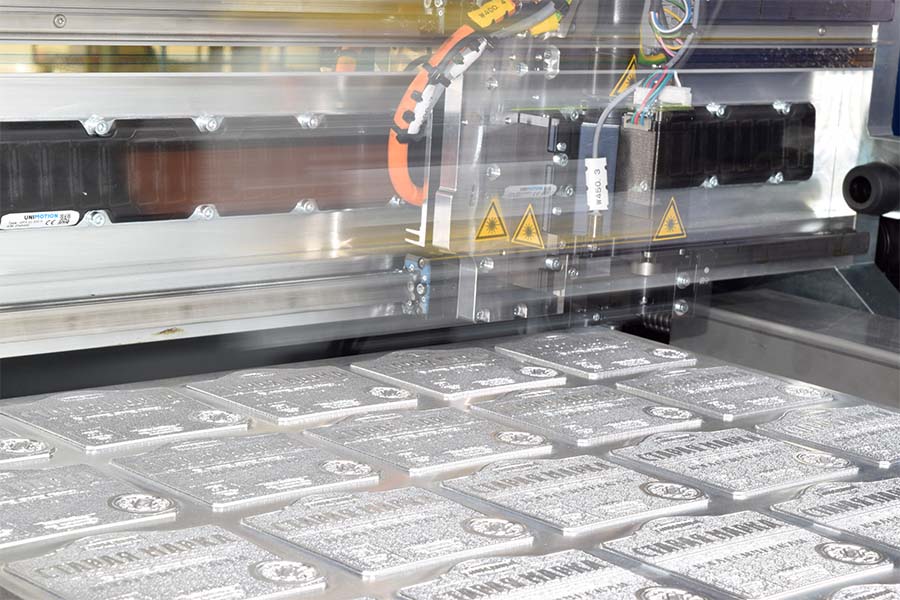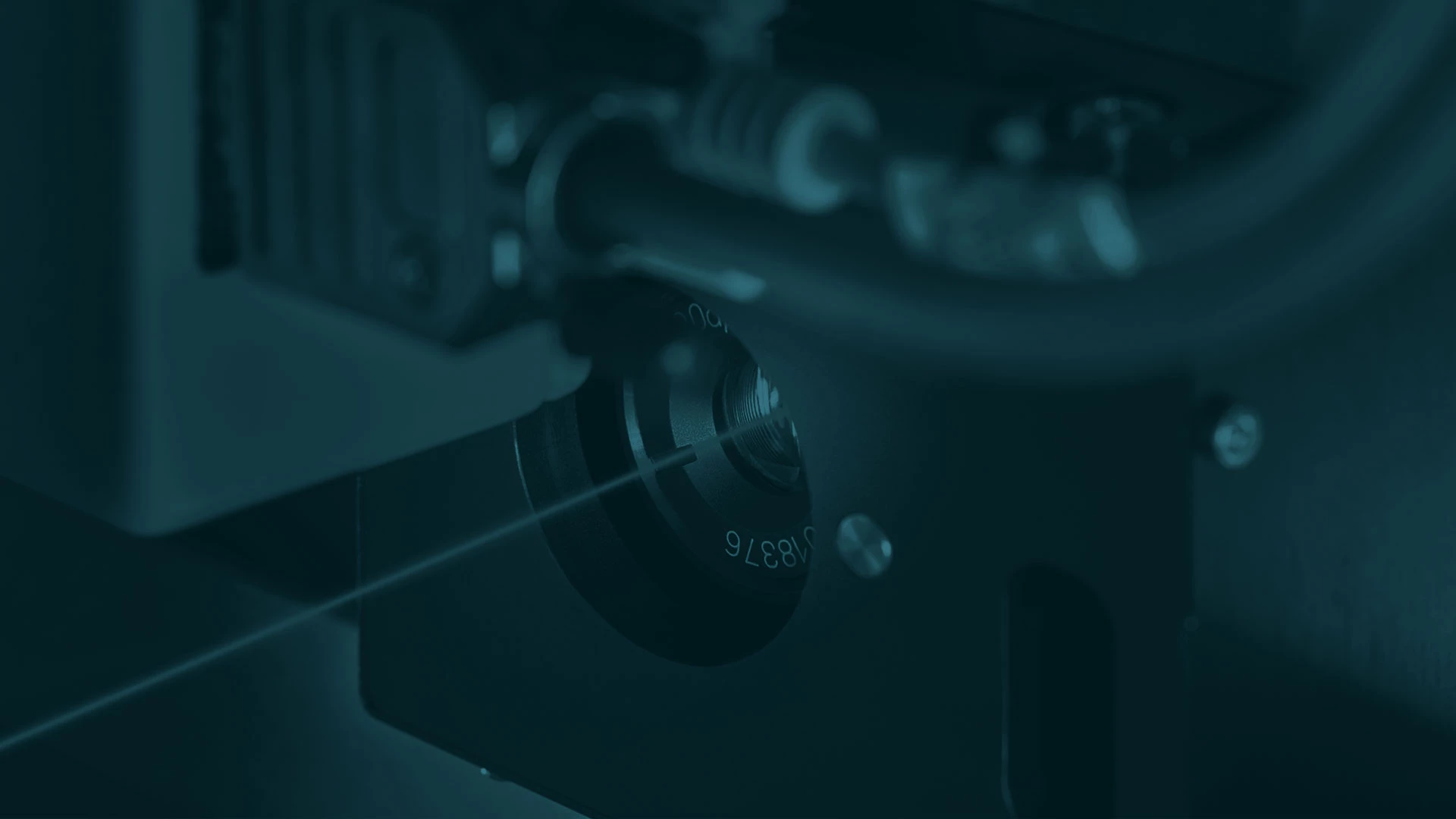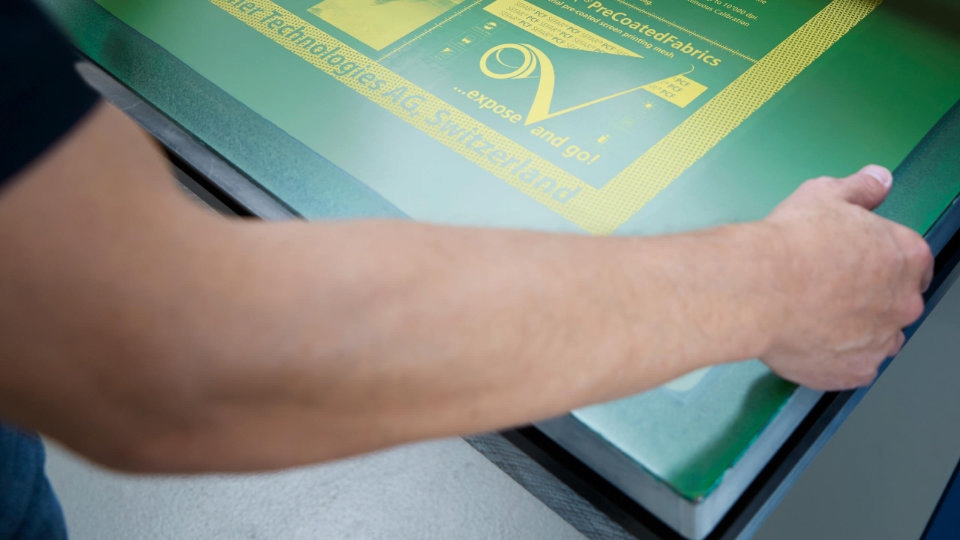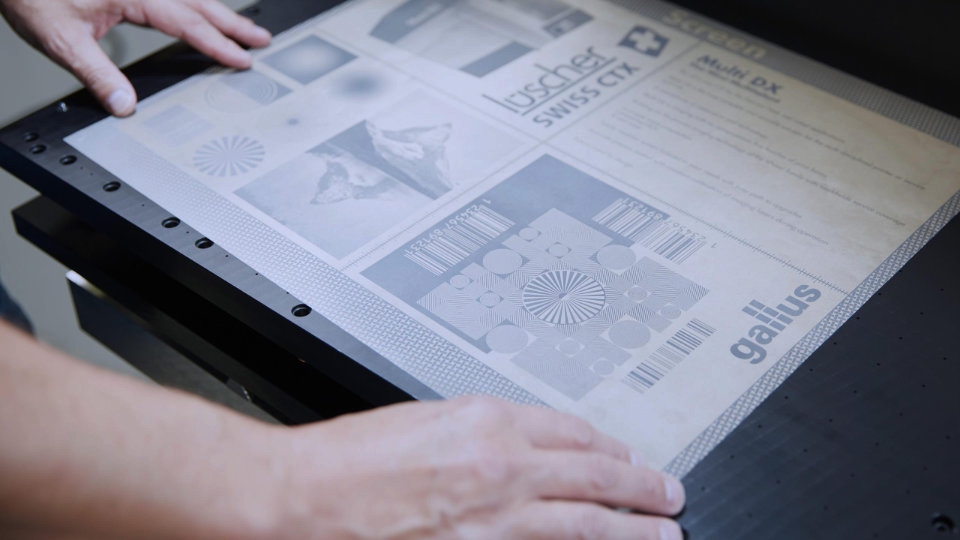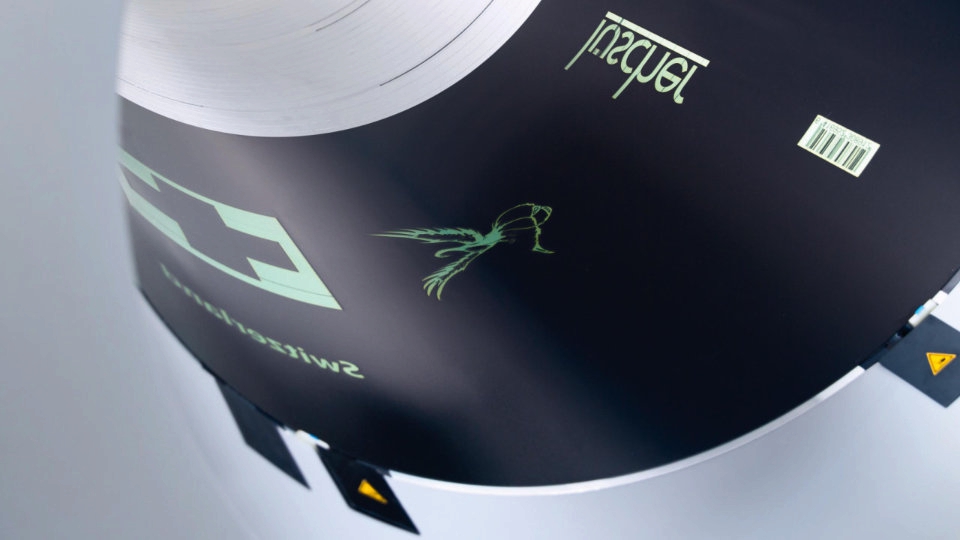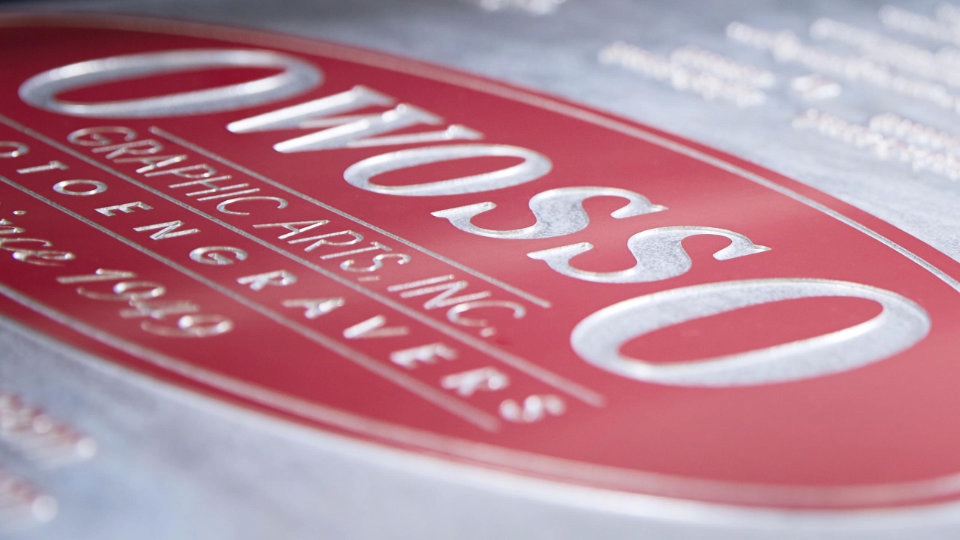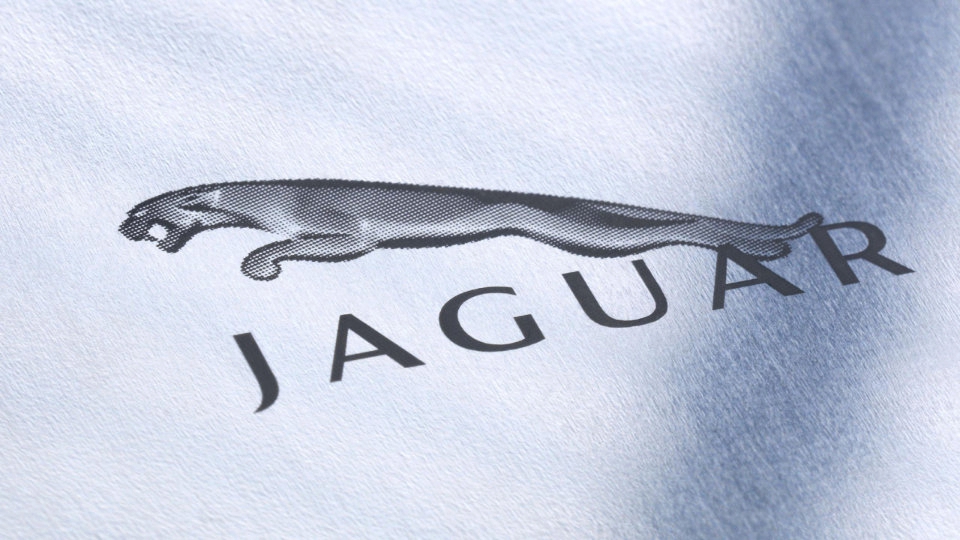Lüscher's Laser Diode Technology
The fiber-coupled laser diodes operate in different wavelengths and are characterized by an ultra-long service life of +20’000 imaging hours. They are completely maintenance-free, no need for an active cooling system.
Fully Automatic Calibration
Prior to each imaging, the system checks the default settings of the laser diodes in relation to the emulsion to be imaged and automatically checks and calibrates the laser diode if necessary. This guarantees consistent quality and eliminates image errors.
Lowest Energy Consumption
Lüscher’s patented laser diode technology ensures minimal power usage of approx. 0.7 kW, depending on laser type, reducing costs and providing a lower total cost of ownership. This promotes environmentally friendly production for customers.
Virtually Maintenance-free
MiniMulti! does not require any consumables such as MH lamps, UV lamps, LEDs or DMD chips. Lüscher‘s maintenance software guides the operator through the simple maintenance tasks and guarantees high reliability. MiniMulti! is equipped with a port for Remote Support Service, which can be directly linked to our technical support via the internet.
